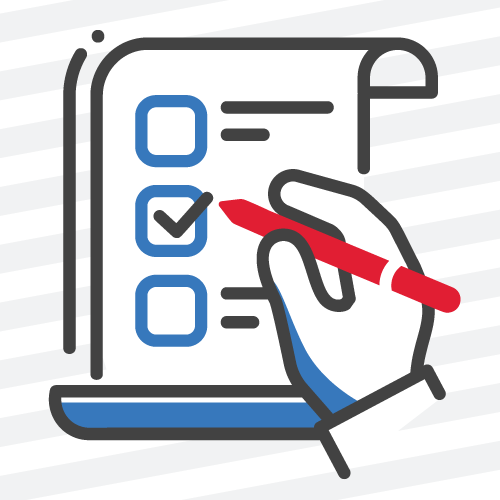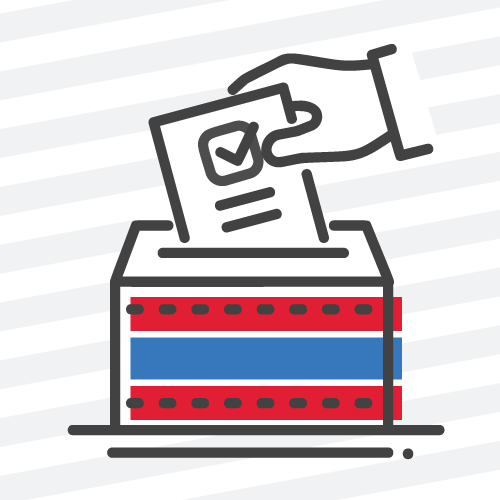- August 27, 2020
- By Sala Levin ’10
Voting in 2020, like most of life in 2020, is more complicated than usual. Amid questions about the integrity of the process, health concerns about voting in person and interference with the U.S. Postal Service, should you vote near where you go to school or in your home district? In person or by mail? Early or day of?
TerpsVote, a coalition of students, faculty and staff, is working to increase UMD students’ awareness of the voting process. “If we want to see leadership that represents us at all levels of government, we have to do our part and vote,” said Sasha Marquez ’21, student co-chair of TerpsVote.
Young people, including college students, traditionally turn out to vote in lower numbers than older people, but recent elections have shown significant increases: After a 50% turnout for the 2016 election—roughly the same as 2012—voting in the 2018 midterm election jumped to 40%, doubling the 2014 showing.
Here are five key steps for Terps to take to make their voices heard on Election Day, Nov. 3.
 1. Register to vote, and request a mail-in ballot if needed.
1. Register to vote, and request a mail-in ballot if needed.
In Maryland, the deadline to register to vote in this year’s election is Oct. 13. Residents can register online. The deadline to request a mail-in ballot is Oct. 20. Terps from out of state can also visit UMD’s TurboVote website to find registration information and requests for mail-in ballots from their home states.
 2. Consider serving as an election judge.
2. Consider serving as an election judge.
Election judges “make Election Day itself run smoothly and securely for every voter,” said Marquez. They check voters in, direct them to open polling booths, and dispense and scan ballots.
The state Board of Elections has reduced the number of polling locations due to the COVID-19 pandemic, and that may mean longer lines for voters. So it’s critical that each site is well-staffed, said Ali Barlow, staff co-chair of TerpsVote. Gov. Larry Hogan has launched a statewide recruiting effort for election judges, announcing yesterday that 11,000 Marylanders have already expressed interest. The deadline to register to be an election judge in Prince George’s County is Friday, Aug. 28. Montgomery's is 21 business days before the election. Other neighboring counties, such as Anne Arundel, Howard and Baltimore, have not set deadlines.
 3. Identify your polling location.
3. Identify your polling location.
Maryland voters casting their ballot in person can look up their polling place on the Maryland State Board of Elections website. Students registered to vote in College Park will be able to vote in person at a convenient location.
 4. Know the candidates and the issues.
4. Know the candidates and the issues.
A website like Ballotready.org will have sample ballots for every district available roughly six weeks before Election Day. “You can see everyone who’s on your ballot and read their platforms so you can make more informed decisions when voting up and down your ballot,” said Marquez. Nonpartisan organizations like the League of Women Voters also offer election guides.
 5. Cast your vote in person, by mail or via drop box.
5. Cast your vote in person, by mail or via drop box.
Whether in person or through the mail, vote whatever way makes you most comfortable. A listing of ballot drop-off locations is available through the Maryland State Board of Elections. Students voting by mail in Maryland can track their ballot online to ensure it was received and counted. Mail-in ballots must be postmarked on or before Nov. 3 and must be received by the local board of elections by 10 a.m. Nov. 13.
Topics
Campus & Community